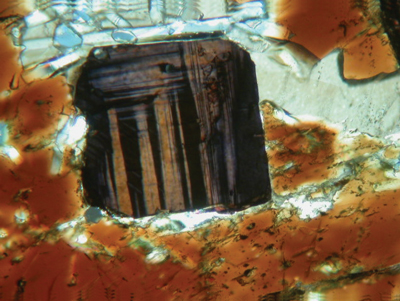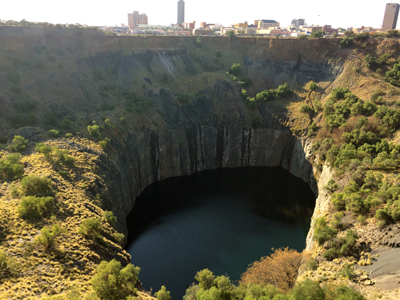Dating Kimberlites: Methods and Emplacement Patterns Through Time
Key to deciphering the origin and tectonic setting of kimberlite magmatism is an accurate understanding of when they formed. Although determining absolute emplacement ages for kimberlites is challenging, recent methodological advances have contributed to a current database of >1,000 precisely dated kimberlite occurrences. Several profound findings emerge from kimberlite geochronology: kimberlites were absent in the first half of Earth history; most kimberlites were emplaced during the Mesozoic; kimberlite magma formation may be triggered by a variety of Earth processes (deep mantle plumes, subduction of oceanic lithosphere, continental rifting); and enhanced periods of kimberlite magmatism coincide with supercontinent breakup.
Dating Kimberlites: Methods and Emplacement Patterns Through Time Read More »




